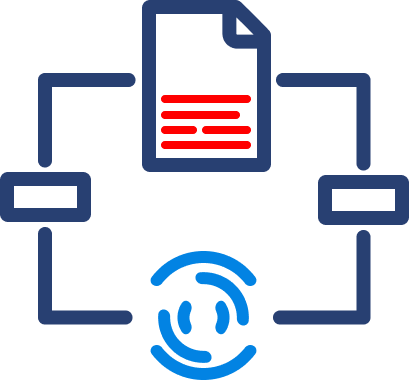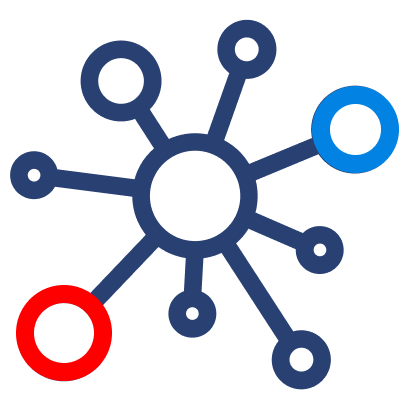How to Set Up Tableau
Tableau can help anyone see and understand their data. Connect to almost any database, drag and drop to create visualizations, and share with a click.
How to Set Up Tableau: A Step-by-Step Guide
This guide will walk you through setting up Tableau Desktop, connecting data sources, creating visualizations, and sharing reports.
Step 1: Install Tableau
- Download Tableau
- Visit the Tableau website and go to the Products section.
- Choose Tableau Desktop or Tableau Public (free version).
- Click Download and follow the installation instructions.
- Install the Software
- Run the installation file and follow the setup wizard.
- Enter a license key (if using Tableau Desktop).
- Sign in with your Tableau account (or create one if needed).
Step 2: Connect to a Data Source
Tableau supports multiple data sources, including:
- Excel, CSV, and Google Sheets
- Relational databases (MySQL, PostgreSQL, SQL Server)
- Cloud-based platforms (Google BigQuery, Snowflake, AWS Redshift)
- Live connections or data extracts
- Open Tableau Desktop and click Connect to Data.
- Select a data source (e.g., Excel, SQL Server, Google Sheets).
- Enter the required credentials and authentication details.
- Click Connect to load your dataset.
Step 3: Explore and Prepare Data
- Preview the data table – Check for missing values and inconsistencies.
- Clean & transform data (if needed) using Tableau Prep for advanced cleaning.
- Create calculated fields – Click Data > Create Calculated Field to generate new insights (e.g., profit margins).
Step 4: Build a Visualization
- Drag and Drop Data Fields
- Open a new worksheet.
- Drag a dimension (e.g., "Region") to the Columns shelf.
- Drag a measure (e.g., "Sales") to the Rows shelf.
- Choose a Chart Type
- Click Show Me (top-right) to select a recommended visualization.
- Options include bar charts, line graphs, scatter plots, maps, and more.
- Customize Filters & Formatting
- Drag a field to the Filters shelf to segment data.
- Use the Marks card to adjust colors, labels, and tooltips.
Step 5: Create a Dashboard
- Click Dashboard > New Dashboard.
- Drag multiple worksheets onto the canvas.
- Adjust layout, interactivity, and design settings.
- Add filters to make dashboards interactive.
Step 6: Share and Publish Reports
Option 1: Save and Share Locally
- Save your workbook as a
.twbxfile to share with others using Tableau Desktop.
Option 2: Publish to Tableau Cloud or Server
- Click Server > Publish Workbook.
- Choose Tableau Cloud or Tableau Server as the destination.
- Set access permissions for colleagues.
Option 3: Embed in a Website or Share via Email
- Generate a public link or embed code for websites and portals.
Step 7: Automate Reports & Data Refreshes
- Go to Data > Extract and enable Scheduled Refresh for cloud-based connections.
- Use subscriptions to automate report delivery to stakeholders.
Final Checks Before Deployment
✔ Ensure data connections are valid.
✔ Test filters and interactivity for users.
✔ Optimize dashboard performance for large datasets.
✔ Set up automated refresh schedules for updated insights.
Data
Tableau
Tableau can help anyone see and understand their data. Connect to almost any database, drag and drop to create visualizations, and share with a click.
Data
Google Cloud Platform
Google Cloud Platform (GCP) Future-proof infrastructure. Powerful data & analytics. No ops, just code. Use Google's core infrastructure, data analytics and machine learning. Pre-built samples. Pay as you go.
Data
Power BI
Power BI is a unified, scalable platform for self-service and enterprise business intelligence (BI). Connect to and visualize any data.
Our Services
Full Send Finance exists to elevate your data.
Outsourced Accounting
With a delightful blend of technology and human wizardry - we help establish your accounting ecosystem, clean up current ones, and manage them on an ongoing basis.
Financial Planning & Analysis
We provide beautiful financial reporting and dashboarding to help you have financial clarity within your business at any point in time.
Fractional & Technical Accounting
We are human experts in accounting. We love solving problems and providing our clients with some much needed confidence that a solution exists.

Data Automation
We take your manual data exports, uploads, and reformats and turn them into a steady stream of consistent data - wherever you need it.
Data Analytics
We take your dusty excel report or dashboard and turn it into a multi-dimensional tool that allows you to cut the data however you like.

Fractional Data
From data strategy and team education to one-off data architecture projects, we support your temporary projects as your needs evolve.


